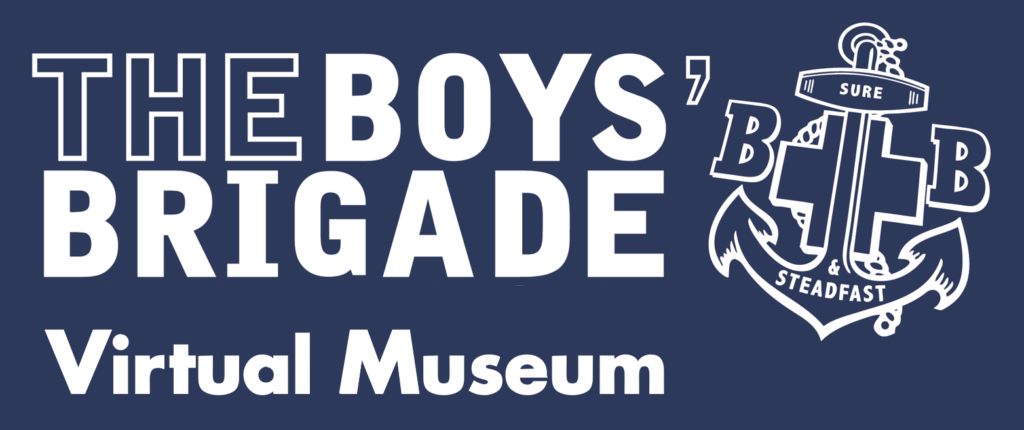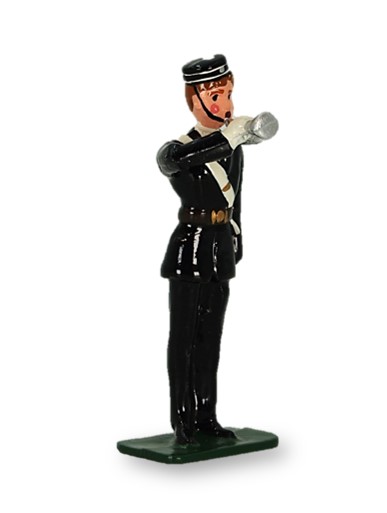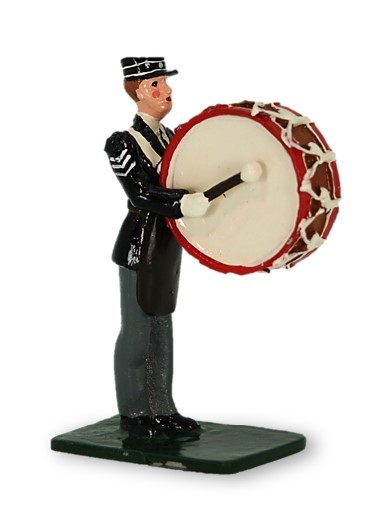South Africa
In the closing years of the nineteenth century, word of the establishment of The Boys’ Brigade in Scotland spread not only across Britain but overseas as well. Not surprisingly, some of those who were to establish the movement in South Africa were ex-B.B. members from British companies.
The first white B.B. company was formed on 1 February 1889 at Pietermaritzburg in Natal. This Company, and a later Durban initiative, had a short life, partly due to misidentification by some parents of the Brigade with colonial Volunteers, an active militia force in the region.
In 1895, a short-lived Durban Battalion with five companies was established: two were linked to the Presbyterian Church; two to the Wesleyan Sunday School and one to the Congregational Church; but they did not survive the 1890s. A temporary upswing in B.B. work occurred with the outbreak of the South African War of 1899-1902, when white refugees from the neighbouring Transvaal fled to Natal and attached themselves to Christian communities.
In 1891, work among the Zulu in Natal was started. John M. Moir, former captain of the 1st Aberdeen Company, Scotland, a cousin of Lord Aberdeen (B.B. President, Britain), founded the 1st Umsinga Company at the Gordon Memorial Mission. He had left Scotland having been a Church Elder, Superintendent of the Wellington Road Sunday School, President of the Abstainers Union and Band of Hope as well as being the founder of the Aberdeen B.B. Battalion. Moir was, in many ways, an exemplary B.B. personality. He initially reported about 28 members in the movement; by 1892 they had received uniforms from Scotland and were being taught drill.
Historically, the strength of the B.B. movement in South Africa over time came to lie principally in the Cape Colony, especially in the Cape Town Battalion, which was formed in 1894. This Battalion had 500 members and 16 Companies by 1895. The Boys’ Brigade Cross for Heroism, the only truly international award, introduced in 1902, was first awarded in 1904 to a South African Boy, Corporal James C. Morris (aged 16), of the 14th Cape Town (Rondebosch) Company, for saving the life of a woman at a level crossing on the railway, at the imminent risk of his own life. After the South African War, B.B. work resumed at a slow pace, although through its principal Cape Battalion it maintained most of its regular activities such as camps and drill competitions into the Edwardian years.
In 1930, the National Sunday School of South Africa undertook to despatch B.B. information to schools in an effort to boost B.B. membership. By 1934-35, the Port Elizabeth area had become the strongest urban B.B. area in South Africa, momentarily surpassing that of the Cape Town district. By then, South African membership stood at 780 in fourteen companies. The ‘work’ in the Transvaal, mainly in Pretoria and Johannesburg, remained insignificant, only advancing slightly after the mid-1930s.
In 1939, the B.B. Overseas Committee in Britain resolved “that the present challenges to extension in the Brigade work overseas must be met. To this end it is essential that a representative from Headquarters, preferably the Overseas Secretary should visit B.B. centres overseas, and that the first visit should be made to South Africa in 1939.” This first visit paid to South Africa by the Overseas Secretary, McVicker during 1939, gave a new lease of life to the B.B. in South Africa, especially in the Cape. Over the coming decades BB training Officers and World Conference staff from the UK visited South Africa on a number of occasions, including John Neil, Leslie Rawson and Stuart McCullough.
By the time of the first South African consultation, in 1961, where a unitary solution was vainly sought for B.B. work in South Africa, membership stood at more than 3 700 including 22 small African Companies in the Transkei and Ciskei areas. The BB in South Africa, had been the first recipient world wide in 1904, and more were awarded in the 1940’s and 1950’s: L Bradshaw of the 7th Johannesburg in 1946, S Radeby and W Fritz of the 11th Ebeneezer in 1946, M Jennings of the 11th Johannesburgh in 1951, and G Lawson of the 1st Springs in 1955.
In 1983, white and coloured battalions in the Transvaal were disbanded and new ones formed, comprising of white and coloured companies. This finally gave rise to joint parades and other mixed events. In 1983, a mixed contingent of about 60 officers and boys attended the international camp in Scotland, where the centenary of the B.B. was celebrated. By 1983, numbers stood at 3 434 boys and 329 officers. Since 1984, the B.B. Council began holding a National Leadership Development Training Course, aimed at producing young leaders. This gave white and coloured boys the opportunity to mix socially. South Africa came to form part of the Southern African Fellowship, giving it full participating status of the international World Conference.
In 1989, Reverend Vernon Openshaw, the first full-time B.B. worker was appointed. This was also the year in which the B.B. in South Africa celebrated its centenary. A national centenary camp was held in December in Pietermaritzburg, where the first B.B. company in South Africa was founded.
The South African Council of The Boys’ Brigade decided at its annual Council meeting in 1994, to permit the acceptance of girls as a local option for companies. Statistics for 1994 showed 7 Battalions, 77 Companies and 2741 members.
In present day South African companies, in places like Durban, less emphasis is being placed on traditional ranks and uniforms.




